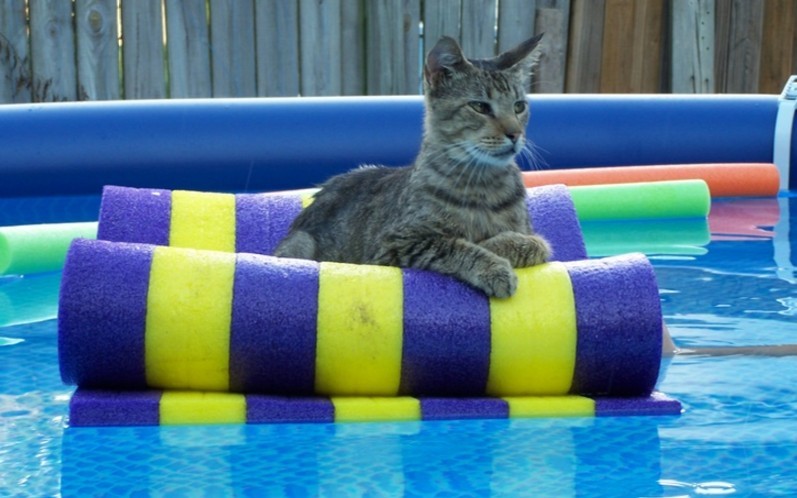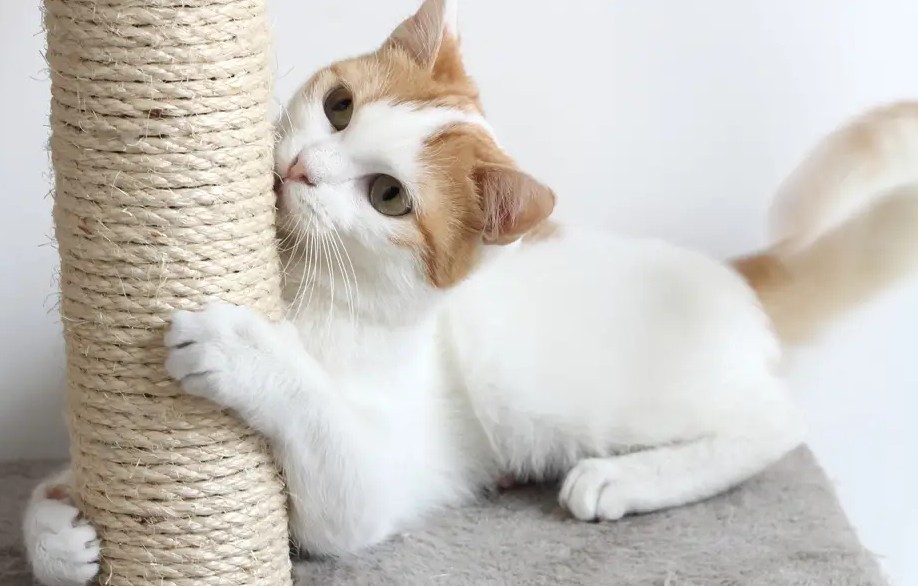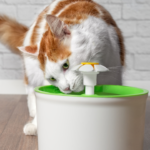
Common feelings following a decision to PTS.
January 27, 2021
Why Don’t Cats Like Water?
June 25, 2021Declawing: NOT a harmless “quick fix”

Cat declawing – the practice of surgically removing a cat’s claws — is a cruel procedure that can be likened to having the last bone of each of your toes amputated. It is unnecessary because there are more humane ways to keep cats from scratching furniture. And for the animal the consequences last a lifetime, including behavioral and health problems.
Fortunately, a growing number of lawmakers are moving to make declawing illegal. Yesterday, Austin became the first city in Texas, and one of a handful of cities nationwide, to ban this procedure unless it is necessary for the cat’s own well-being.
New York became the first state in the nation to pass a ban on elective cat declaw surgery in 2019, and Los Angeles, San Francisco, Denver and St. Louis have passed similar bans in recent years.
More than 20 countries, including England, Germany, Spain, Australia and New Zealand, have also long banned the practice.
Cat owners often mistakenly believe that declawing their cats is a harmless “quick fix” for unwanted scratching. But for a cat, declawing is no trip to the spa. After the surgery, cats, who walk on their toes (unlike humans who walk on the soles of our feet) can face severe problems.
Declawing can lead to long term complications including persistent postoperative pain, back pain, phantom pain, limping, infection, arthritis, overgrooming, toe pad calluses, bone fragments, claw regrowth under the skin, and tendon contracture.
One in five cats has long-term complications from declaw surgery and 50% suffer complications immediately after surgery. One third of declawed cats develop behavioral problems after declawing.
Scratching is a natural behavior for cats, important for their physical and mental wellbeing. It removes dead husks from their claws, it helps them mark territory, and it helps stretch their muscles. Unfortunately, this natural behavior is considered misbehavior by humans, especially when furniture or other household objects are damaged in the process.
Declawing started without any scientific study or assessment of pain or any understanding of the long-term impacts of multiple amputations. When domestic cats began moving into our homes, shortly after the invention of kitty litter, a crude procedure involving the use of guillotine clippers to amputate cats’ toes was described in a letter from a Chicago practitioner to an American veterinary journal in 1952 as a solution to the damage cats’ claws can cause to furniture. Sadly, the practice became normalized in veterinary medicine.
Thanks to advances in the field, we know so much more today about the ill effects of declawing and increasingly the veterinary community is clear: it needs to end.
We applaud Austin’s council members for making the right decision for cats in their city, and we urge lawmakers around the United States to work swiftly to end this harmful and unnecessary practice.






